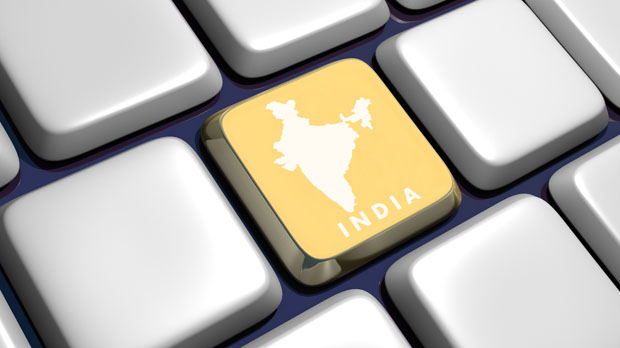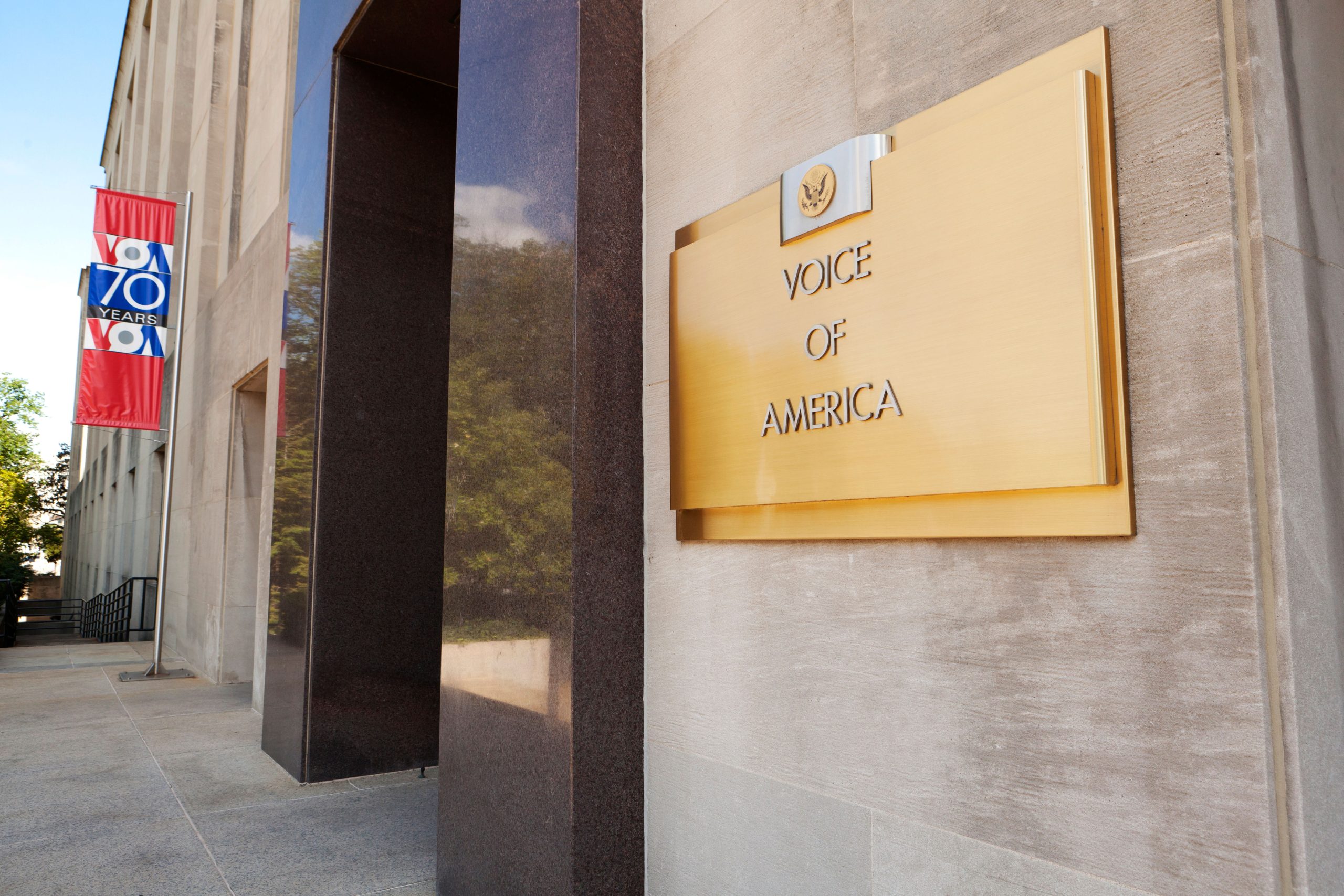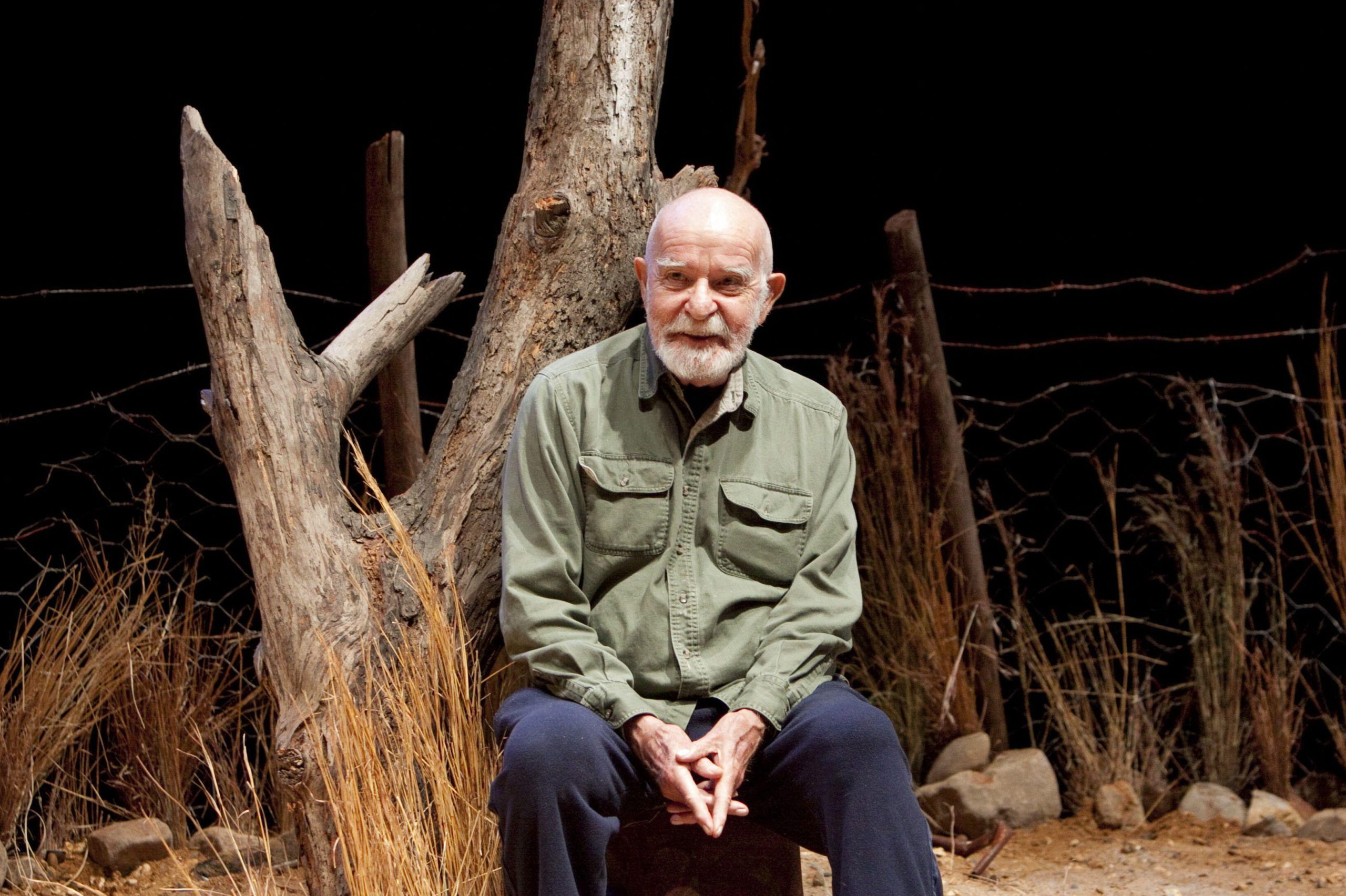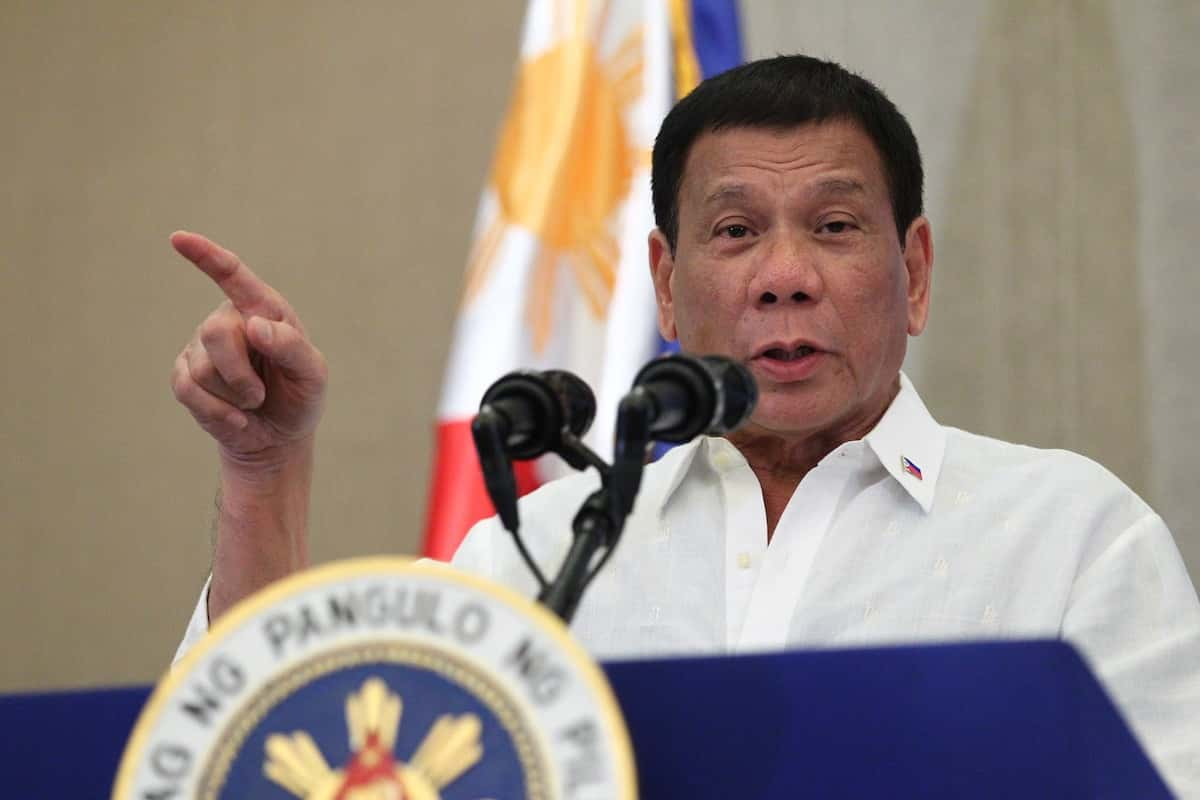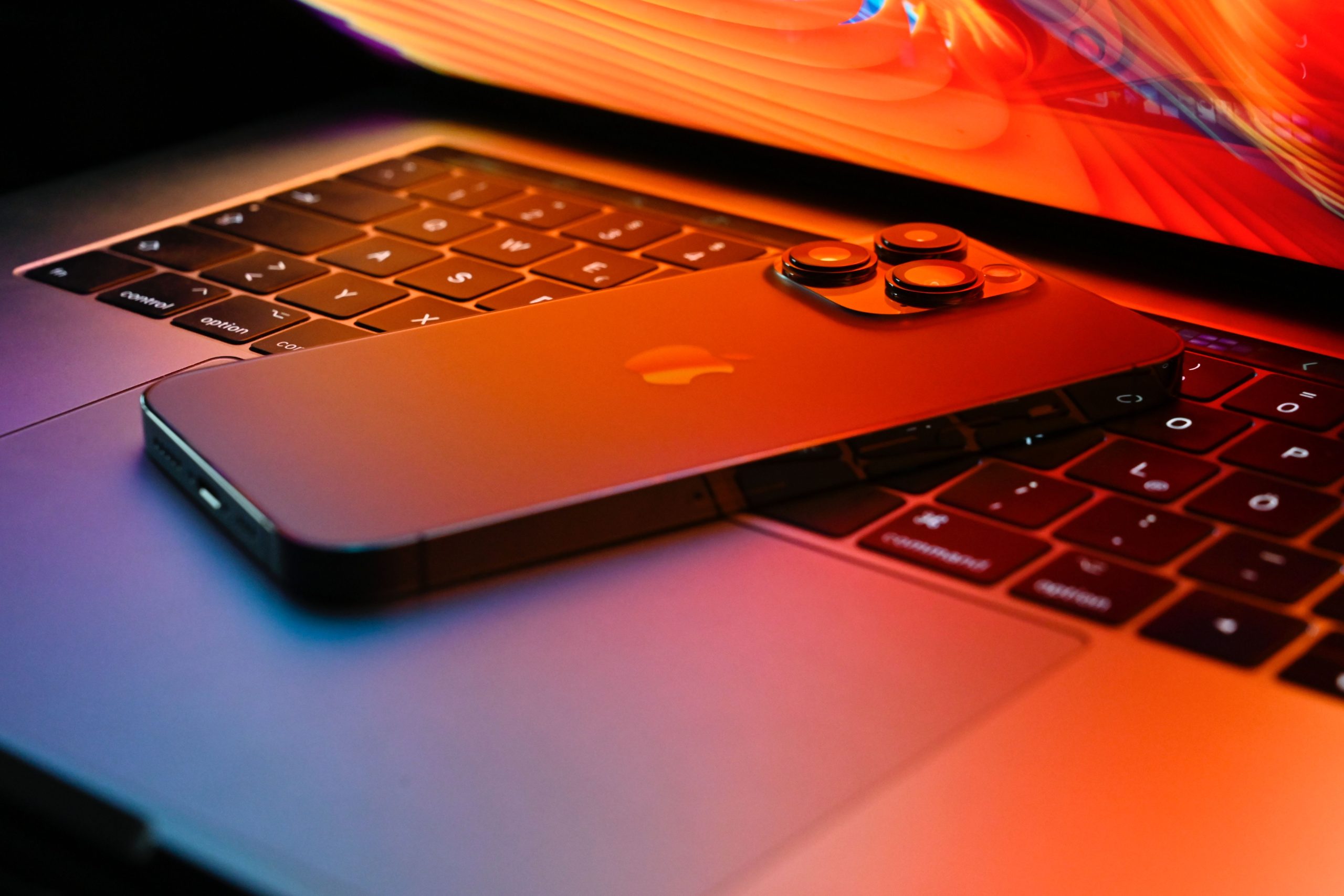A month has passed since Narendra Modi became prime minister of India, and brought the right wing Hindu nationalist BJP (Bharatiya Janta Party) back into power. Much has been written about his government, with observers either hailing him as an economic messiah who will fix India’s dwindling economy or a divisive politician who has built his career on the back of communalism.
Those watching freedoms, especially of free speech and the media, are among the people apprehensive about life under Modi’s government. While the prime minister himself has blogged about the importance of free expression, recent arrests, including of citizens directly critical of him, paint a worrying picture. Additionally, the rise of “communal posts” on social media, real or planed, have lead to violence on the ground, and a debate about how best to police social media and free speech online.
In June, a young Muslim IT graduate lost his life to an angry mob in the city of Pune, Maharashtra, due to violence that erupted after morphed pictures of a historical figure appeared on Facebook and WhatsApp. The pictures were said to be triggers for crowds to damage shops and public transport, ultimately resulting in communal violence and the loss of an innocent life. However, reports from the Anti Terror Squad of the Maharashtra police indicate that the outbreak of violence following the uploaded picture does not seem sporadic or unplanned.
The state government has issued familiar warnings about the misuse of social media by groups that are looking to incite communal tension. Home Minister, R. R. Patil, was quoted as saying that “anti-social elements are posting inflammatory posts to stoke hatred, bitterness and disharmony between sects”, warning that such posts could result in action not just against those who post the photos, but also those who “like” them. Of course, this was the same state which saw two girls were arrested last year for allegedly sparking communal violence — one for writing a Facebook update, and the other girl simply for “liking” it. Therefore, any action by the government needs to be tempered by what the fallout could be for ordinary citizens and their right to free speech.
But authorities are not alone in seeking a solution to the problem of potentially inflammatory social media postings — civil society groups are also trying novel ideas to counter the trend. Ravi Ghate, a social entrepreneur and founder of a community SMS newsletter in Maharashtra, has banded together with like-minded folks to form a group on Facebook called “Social Peace Force”. Amassing over 18,000 members in ten days, the mission of the group is to “stop anti-social messages on Facebook” by reporting them as spam. “It’s the easiest and technological way to fight the culprits who are spreading anti-national messages/images and stopping ourselves from development!” is the logic the group adheres to. Many of the new members have posted comments indicating their genuine desire to help stop the spread of abusive and communal messages. Therefore, once identified, all members of the group will report a message or posting to Facebook thereby pressurising them to remove the post before it can do any more damage. The group has also instituted a panel of experts who are meant to examine any troubling post and give the go-ahead for the group to act.
What has spurred this move? “How many times can you go to court,” Ghate told Index. “It is too expensive. And the problem is that by the time the police takes down the content, the riot has already taken place.” For them, “suppressing content at the source” in a timely manner is key. A technological solution within the boundaries of Facebook’s own rules of engagement seems to some a far more pragmatic solution than going to the courts again and again.
Seen from a broader lens however, the group’s solution seems to be to shift the onus from the courts to decide the parameters of free expression and “objectionable” content, to big, profit-making, multinational corporates. What might seem today a no-brainer because of some obviously mischievous content, could in time, pose an interesting dilemma: Should social media giants control the boundaries of (social media based) speech in countries such as India, based on their own internal policies, and not the laws of the land? And all this, because of a push by the citizens themselves, to bypass courts and go directly to the corporates.
It is ironic that “Big Brother’ – which is what some newspaper headlines called the group – when translated into Hindi could be interpreted as “elder brother”, indicating a protective instinct, which certainly seems to be the case here. The current mandate of the group is only to focus on religious content to keep “social harmony”. That in itself is not a straightforward task; just ask Wendy Doniger, author of ‘The Hindus: An Alternative History’. However, this and the many spinoff groups they will inspire could morph into something they did not intend. Legitimate art, literature, satire and other forms of expression could become victims of the mob. Then there is danger of more organised groups and political parties taking to social media directly to suppress content — especially political critique — on a regular basis. And finally, those who wish to subvert social media platforms to have an excuse to incite violence on the street, will certainly find more creative ways to do so.
There is of course, the other side of the coin. Will Facebook remove content that has been pre-determined to be objectionable when faced with a large number of people reporting it? The simple answer is, we don’t know. Facebook has its own community standards, and these cover a broad range of topics, including the following: “Facebook does not permit hate speech, but distinguishes between serious and humorous speech. While we encourage you to challenge ideas, institutions, events, and practices, we do not permit individuals or groups to attack others based on their race, ethnicity, national origin, religion, sex, gender, sexual orientation, disability or medical condition.”
And a recent experiment by an Indian think-tank revealed that Facebook did not necessarily remove content flagged as objectionable by users, solely on the basis of it being flagged. As Facebook told them: “We reviewed the post you reported for harassment and found it doesn’t violate our Community Standards.” It is quite possible that the newly formed Social Peace Force will feel let down by Facebook as well, if content is not removed immediately. What happens then?
However, this latest development harks back to the problems with India’s current legal mechanisms. India’s IT Act has become infamous for a certain Section 66(A) which can be used to arrest people for information used for the purposes of “annoyance, inconvenience, danger, obstruction, insult, injury, criminal intimidation, enmity, hatred or ill will”. Public outrage at wrongful arrests led to the courts passing an order that no person would be arrested without “prior approval from an officer not below the rank of inspector general of police”. At the same time, the establishment is not above slapping graver charges (such as inciting communal violence) under other sections of Indian law — including the Indian Penal Code — for fairly innocuous activity. This has lead to some amount of distrust at the government’s own commitment to freedom of expression.
Of course, citizens have a right to appeal to social media platforms if they take offense to any content posted there. The point remains, however, that maintaining communal harmony and law and order is a tricky and layered problem. The role of the state, and the loss of confidence citizens have in it, must be addressed as well. Earlier solutions have included the state governments of Jammu and Kashmir preempting violence by switching off social media and YouTube for a few days, in the wake of burgeoning riots around the world because of the video “The Innocence of Muslims”. At another time, the government of India restricted text messages to five a day to curtail vicious rumours targeting a minority community settled in south India. India’s National Integration Council met in September 2013 after social media posts had been blamed for causing riots in Uttar Pradesh, and many states are setting up social media monitoring departments to raise “red flags”, much like the Social Peace Force itself.
A coherent and honest study of the abuse of social media platforms by fringe groups to incite violence should take place. Given the fast paced nature of the medium, the question for a country as prone to communal riots as India is: how can one control them? Is counter-speech to drown out hate speech a strategy to be employed? Is clamping down on free speech effectively going to reduce religious intolerance? Does bypassing legal routes and going straight to the “source” help? A national dialogue on the matter might be more fruitful in the long run than the flowering of surveillance groups cutting across the board — be they citizen or state-led.
This article was published on June 30, 2014 at indexoncensorship.org

